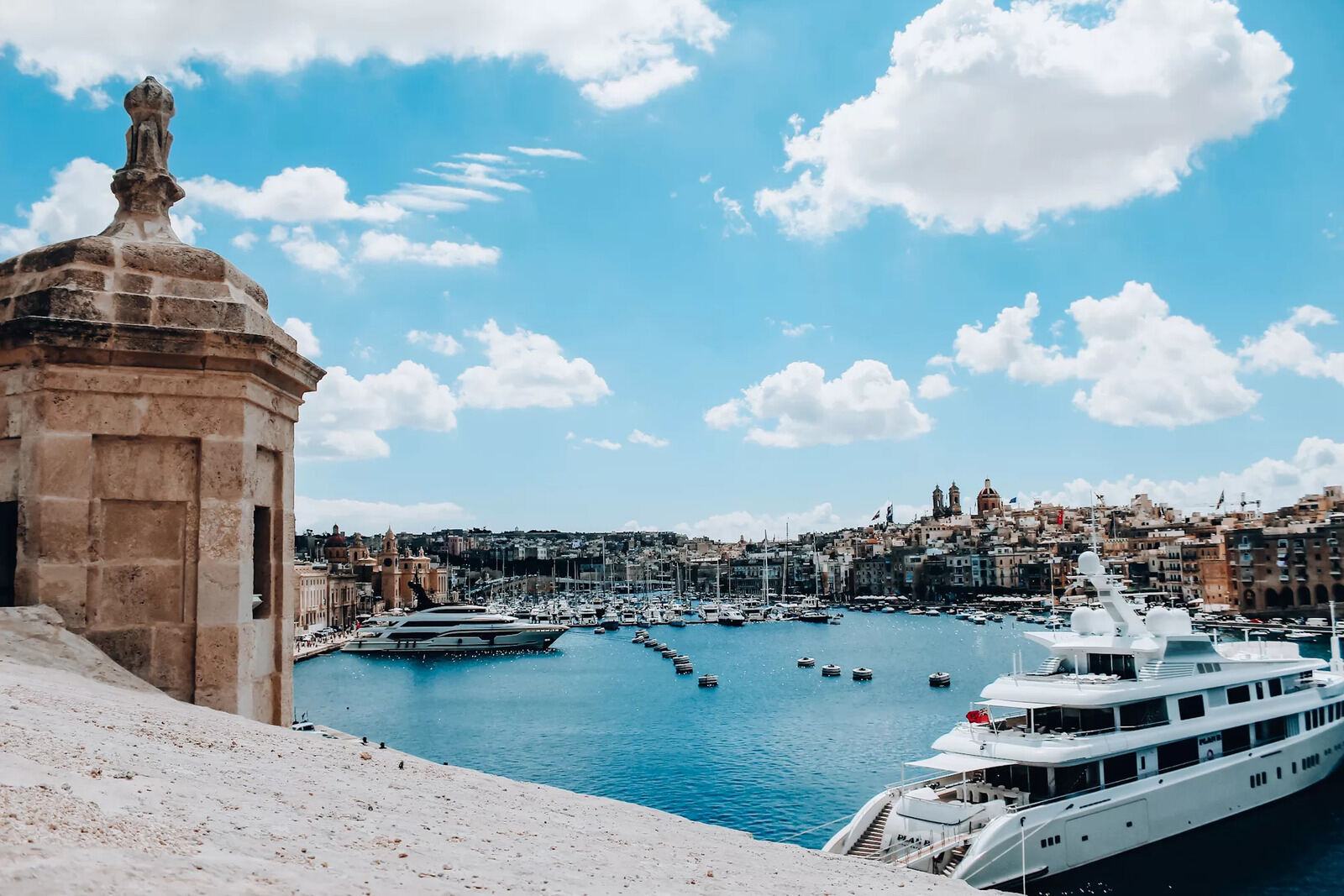
Malta, a tiny island nation in the Mediterranean, packs a punch with its rich history, stunning landscapes, and vibrant culture. Ever wondered what makes this place so special? Malta boasts some of the oldest structures in the world, dating back to 3600 BC. Its strategic location made it a hotspot for various civilizations, including the Phoenicians, Romans, and Knights of St. John. Today, Malta is a melting pot of influences, evident in its architecture, cuisine, and festivals. Whether you're a history buff, a beach lover, or a foodie, Malta offers something for everyone. Ready to dive into 15 fascinating facts about this Mediterranean gem? Let's get started!
Key Takeaways:
- Malta's history dates back to 5900 BC, making it one of the oldest inhabited places. It played a crucial role in World War II and is home to some of the world's oldest free-standing structures.
- Despite its small size, Malta offers diverse landscapes and natural wonders. It has crystal-clear waters, stunning cliffs, and a rich cultural identity influenced by various civilizations.
Malta's Rich History
Malta, a small island nation in the Mediterranean, boasts a history that spans thousands of years. Its strategic location has made it a crossroads of cultures and civilizations. Here are some fascinating historical facts about Malta.
- Malta's history dates back to around 5900 BC, making it one of the oldest inhabited places in the world.
- The island is home to some of the world's oldest free-standing structures, including the ?gantija temples, which are older than the pyramids of Egypt.
- Malta was a significant stronghold for the Knights of St. John, who ruled the island from 1530 to 1798.
- During World War II, Malta played a crucial role due to its strategic position, earning the entire island the George Cross for bravery from King George VI.
Unique Geography
Malta's geography is as intriguing as its history. Despite its small size, the island offers diverse landscapes and natural wonders.
- Malta is an archipelago consisting of three main islands: Malta, Gozo, and Comino.
- The Blue Lagoon on Comino is famous for its crystal-clear waters and is a popular spot for swimming and snorkeling.
- The island has no permanent rivers or lakes, relying on groundwater and desalination for its water supply.
- Malta's coastline is dotted with stunning cliffs, caves, and sandy beaches, making it a paradise for nature lovers.
Cultural Melting Pot
Malta's culture is a blend of influences from various civilizations that have occupied the island over the centuries. This mix has created a unique cultural identity.
- The Maltese language, Maltese, is a Semitic language with influences from Italian, English, and French.
- Malta has a rich tradition of festas, which are religious festivals celebrated with fireworks, parades, and feasts.
- The island's cuisine reflects its multicultural history, with dishes like rabbit stew, pastizzi, and ftira showcasing Mediterranean flavors.
- Malta's capital, Valletta, is a UNESCO World Heritage Site known for its baroque architecture and historic buildings.
Modern Malta
Despite its ancient roots, Malta is a modern nation with a thriving economy and vibrant society. Here are some facts about contemporary Malta.
- Malta is one of the smallest and most densely populated countries in the world, with a population of around 500,000 people.
- The island has become a hub for the gaming industry, attracting numerous online gaming companies.
- Malta is a popular tourist destination, welcoming over 2 million visitors annually who come to enjoy its history, culture, and natural beauty.
Malta's Rich Tapestry
Malta's history, culture, and natural beauty make it a fascinating destination. From ancient temples older than the pyramids to stunning beaches, there's something for everyone. The island's strategic location in the Mediterranean has made it a melting pot of cultures, evident in its architecture, cuisine, and festivals. English is widely spoken, making it easy for tourists to navigate. The Maltese people are known for their hospitality, ensuring visitors feel welcome. Whether you're exploring the bustling streets of Valletta, diving into crystal-clear waters, or savoring local dishes, Malta offers unforgettable experiences. Its blend of the old and new creates a unique charm that's hard to resist. So, pack your bags and get ready to uncover the wonders of this enchanting island. Malta awaits with open arms and countless stories to tell.
Frequently Asked Questions
Was this page helpful?
Our commitment to delivering trustworthy and engaging content is at the heart of what we do. Each fact on our site is contributed by real users like you, bringing a wealth of diverse insights and information. To ensure the highest standards of accuracy and reliability, our dedicated editors meticulously review each submission. This process guarantees that the facts we share are not only fascinating but also credible. Trust in our commitment to quality and authenticity as you explore and learn with us.


